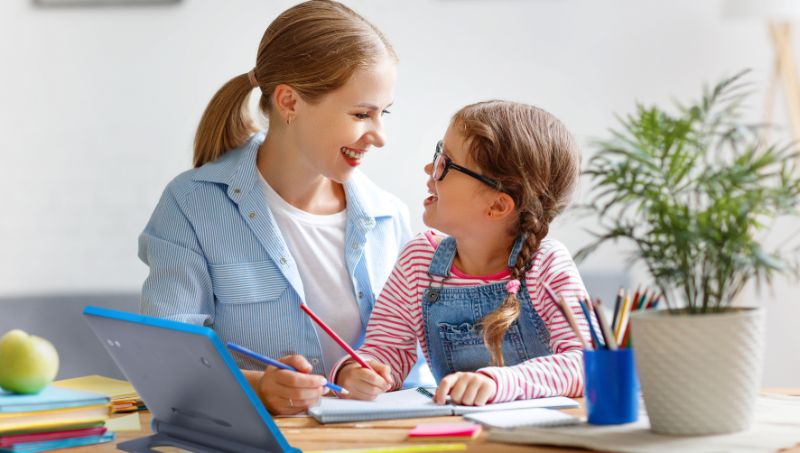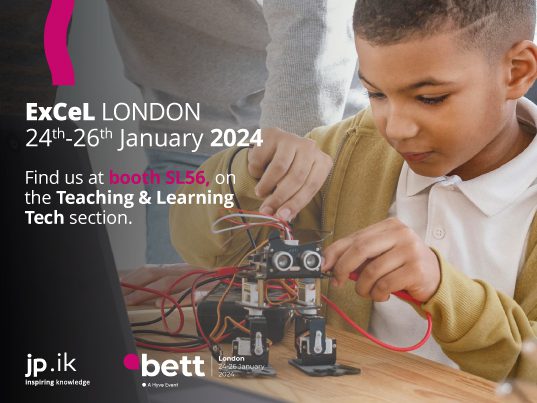A continuity project beyond the response to the Covid-19 Pandemic
The current public health emergency has raised a multiplicity of concerns, which together represent probably the greatest challenge of this century. After an unprecedented global call for social isolation to slow the spread of the Covid-19 Pandemic, around 1.37 billion students are at home.
Faced with this global challenge, parents were called to share the role of educators alongside their childrens, teachers, while their homes were transformed into classrooms, sports pavilions, and recreational spaces. In this atypical and unexpected context, teachers urgently needed to adapt to this educational paradigm shift.
Therefore, this Public Health emergency brought the “Learning everywhere” phenomenon that probably is here to stay. This phenomenon is currently in a process of upward and mind-boggling evolution, empowered by Information and Communication Technologies for Education, by technologies in the context of the Web (including social media, Web 2.0 tools) and by a kaleidoscope of mobile devices.
“Learning everywhere” as a phenomenon is rooted in a broader context of learning – eLearning; which is streamlined by technology and web-based learning (Weinberger, 2010), thus conceptualizing the confluence between a social phenomenon and technological advances.
“Learning everywhere” refers, therefore, to the student’s confidence in using the spectrum of information technology tools to learn and to be able to do it anywhere and anytime.
Therefore, the convergence between a social phenomenon and technological advances can be analyzed in the light of three perspectives: the technology perspective, the content perspective, and the methodology.
Within the perspective of technology, learning anywhere is promoted by a spectrum of information and communication technologies, including notebooks, tablets, smartphones, also using a diverse set of standards and protocols for knowledge representation.
In terms of content, the fact that it is available on the web means that, if there is an Internet connection, students have the possibility to access the desired content anytime, everywhere and from any technological device.

In turn, regarding methodology, the integration, application and assimilation of the content available for learning differ between students and teachers.
The common element between these two groups of users lies in the ubiquitous exposure to learning resources. Thus, the successful integration of learning technologies in general and Web technologies requires a design-based approach to conceptualizing learning processes (Nachmias et al., 1999; Vossen and Hagemann, 2007).
And within this perspective, ubiquitous learning is no exception. Examples of these parameters are the education and training of an active student (Preece and Shneiderman, 2009) and qualified in the use of information and communication technologies and in social media (Shen and Khalifa, 2009). In this context, a roadmap for ubiquitous learning can support the use and integration of resources as part of individual and organizational learning.

In view of the reality we are living, and in which close to a billion children have completed this school year away from their classrooms, it is essential to ensure alternative methodologies for rebuilding and adopting a new daily routine. Furthermore, it is also essential to ensure the continuity of learning and that all children have access to Education. And it is precisely in this context of urgency and need that the phenomenon of “Learning everywhere” emerges, adding social resources and technological advances.
This means that individuals can learn in line with their own interests, motivations, skills and means. Understanding this requires the architecture of an agile grid that aggregates and crosses the resources and content available with the user’s profile.
With the spread of the Covid-19 Pandemic, UNESCO advances that 70% of the world’s student population is being impacted by the temporary closure of schools. In addition, in the context of education, and thinking of the support that parents have provided their children in times of a pandemic, the OECD draws attention to the fact that 45% of adults in 28 of the 38 OECD countries do not have or, have few digital skills.
With the expansion of eLearning through digital platforms, the educational model has changed profoundly. Some of the most recent research points to the fact that online learning promotes increased information retention and decreased changes caused by this Pandemic (WEF, 2020).
In sum, we are currently experiencing a new learning paradigm and this new reality brings us new challenges that imply changing learning methods, introducing greater interactivity in eLearning platforms for students.



